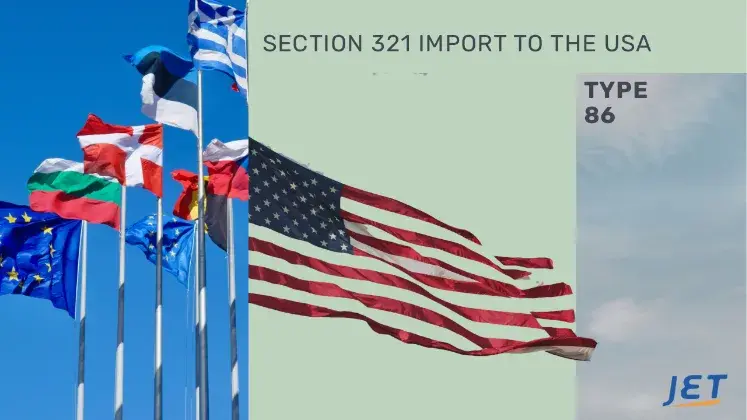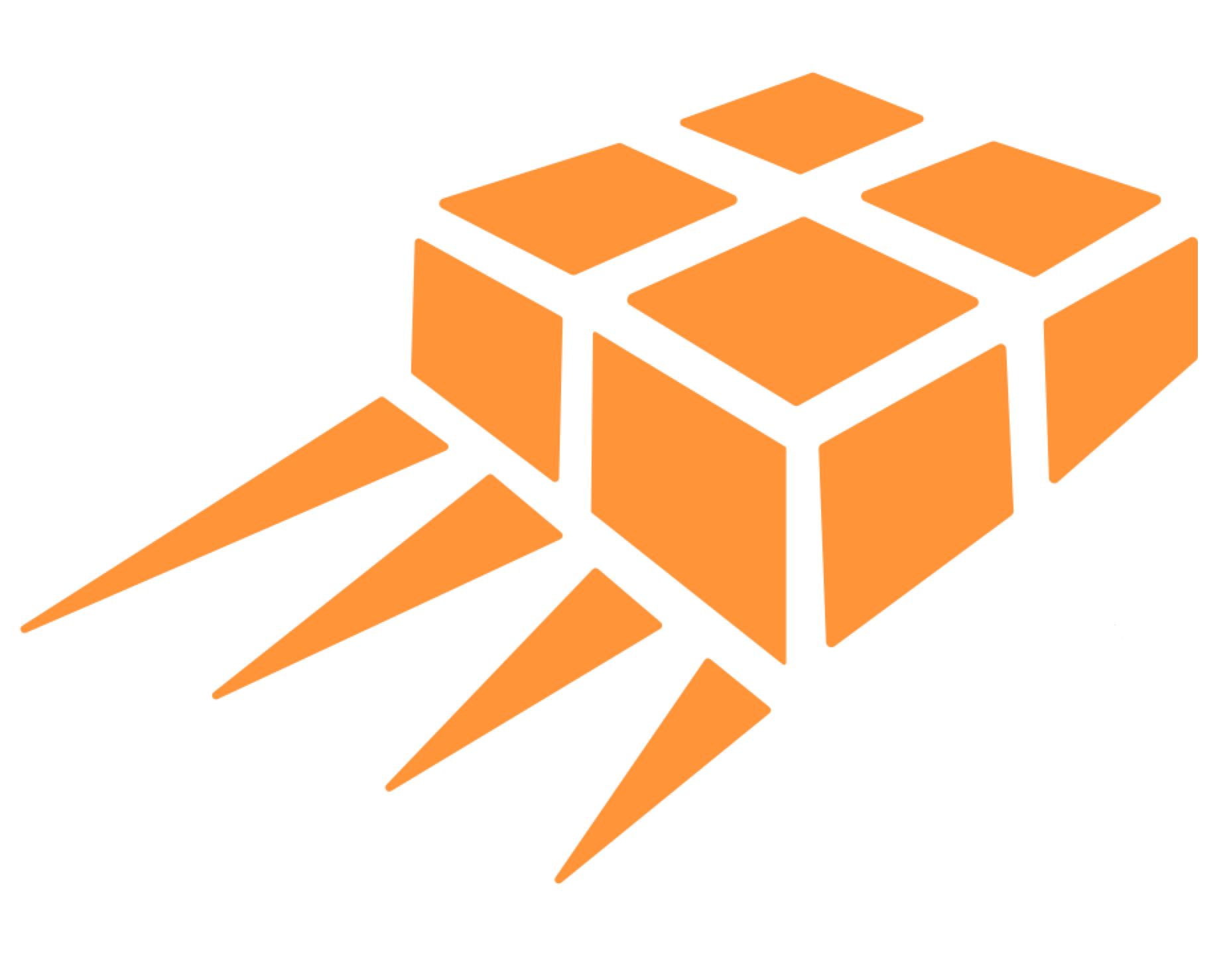
Import Clearance for e-commerce Orders Shipped Direct to the USA
Online sellers should set up various Section 321 processes for secure importing to the USA. Sellers should understand Section 321 Express, Cargo and Type 86 processes.
Express Consignment Vs.Cargo Clearance for High Volume Parcel importto the USA
Interest in low cost clearance of high volume parcel flows to the USA has never been stronger. Traditionally, parcels flows outside the postal network were cleared via Express Consignment Carrier Facilities or ECCF’s. But many International e-commerce shippers are looking for lower cost clearance that is possible in some freight facilities or Container Freight stations (CFS).
Cost effective customs clearance is a key obstacle for international high volume parcel companies seeking to access low cost parcel import to the USA. The potential for high volume international e-commerce flows to the USA are incredibly but so is the price sensitivity of these volumes.
The default option for international e-commerce shippers to the USA is the choice of lower cost versus a faster clearance. As a result, CFS facilities have been adapted to manage low cost parcel import clearance to the USA.
At the same time, there has been similar growth of e-commerce parcels to the USA being cleared through Express Consignment Carrier Facilities / ECCF’s. High volume e-commerce shippers are building hybrid models that include a variety of shipping and clearance methods.
Low cost USA parcel clearance via Container Freight Station/ CFS.
The cost advantage of clearance of high volume flows through Container Freight Stations is simply not having to pay a per shipment fee for clearance. Using a CFS versus an ECCF, a high volume shipper can the customs "reimbursable fee." The need for storage of CFS facilities has become a real issue as volumes have grown and clearance times have not improved.
The key disadvantage to using CFS facilities is essentially speed of clearance - which can take 3-4 days as a result of processes that are not fully automated.
Disadvantage of using a CFS:
- Slow uncertain clearance
- No weekend clearance
- Lack of fully integrated automated clearance processes
Express clearance via Express Consignment Carrier Facility/ ECCF
Since the implementation of the per shipment fee by US Customs, express clearance has become incredibly efficient. Automated processes - mostly related to the Air Automated Manifesting System - has given the data necessary for customs to provide the necessary targeting and efficient clearance. E-commerce parcels sent through ECCF’s are most often cleared prior to arrival and available for injection into domestic delivery streams the same day as arrival.
The disadvantage of ECCF’s is the per shipment fee charged by customs
Hybrid USA Import Clearance for Parcel Flows to the USA
Cargo and Express clearance both serve valuable roles in the developing high volume parcel flows to the USA. Large e-commerce parcel shippers to the USA developing processes that take advantage of the lower cost CFS AND more time definite express clearance.
What is Section 321?
US Customs allows most individual orders valued under $800 USD to be entered and cleared duty free into the USA. This entry type is known as a Section 321 Informal Entry. Using this entry type, importers can consolidate all their qualifying orders under one entry without H.S. Codes and benefit from duty free entry.
Most goods cleared via a section 321 informal entry are imported under Part 128 of the Code of Federal Regulations (CFR). As such, they are imported to facilities with port codes that define them as Express facilities or ECCF's. Many express operators are also able to clear via freight facilities (with section 321 processes) known as a Container Freight Station or CFS.
For importers who have H.S. codes, it may be best to use a Section 321 "type 86" entry. Using this entry type, goods can be imported via traditional methods using the Automated Broker Interface or ABI system.
The advantage of a fees to support express clearance became very apparent during the US government shutdown. The likelihood of a shutdown of a self funded customs operations was much less likely. During this time, volumes were shifted from CFS to ECCF clearance.
While the per shipment cost of express clearance can be substantial for large parcel flows to the USA, the other airport handling costs are essentially the same. When you factor in transportation cost, the total cost difference using a CFS vs. ECCF as a percentage of total costs is less burdensome.
International e-commerce Companies Should Develop Express, Cargo and Type 86 Section 321 processes to the USA
Are you a retailer seeking to develop your own High volume parcel import solutions to the USA? For direct delivery by the USPS? Contact our team

Disclaimer: The information in all Jet Worldwide online content, including this post, is for general information only and is not intended to, constitute legal and/or tax advice. All liability with respect to actions taken or not taken based on the contents of this site are hereby expressly disclaimed. The content on this posting is provided “as is”; no representations are made that the content is error-free.





